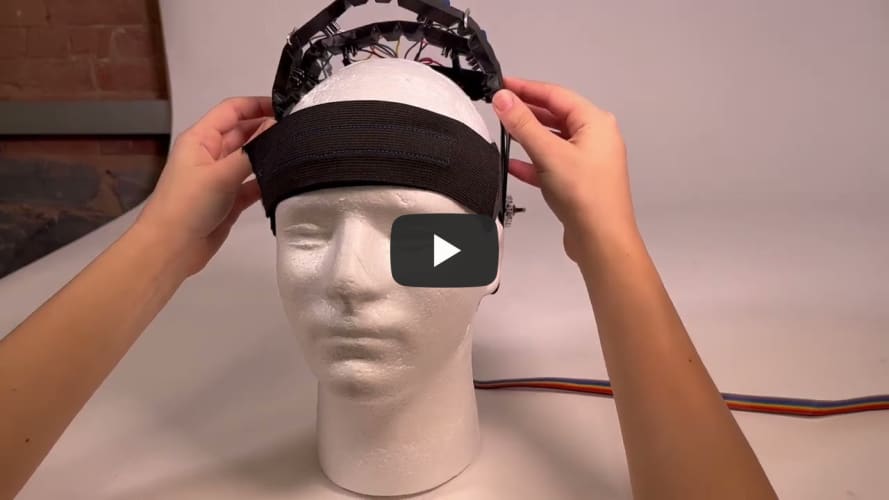Advancing Neurorehabilitation: Integrating Brain Computer Interfaces in Virtual Reality for Motor Rehabilitation of Stroke Patients
In the quest to enhance neurorehabilitation, our team at Cairo University, is pioneering a project that integrates the immersive world of Virtual Reality (VR) with the groundbreaking potential of Brain-Computer Interface (BCI) systems. This initiative is not just a testament to technological innovation but also a beacon of hope for individuals suffering from the debilitating effects of stroke and brain injuries. We invite esteemed colleagues and professors to explore the nuances and progress of our endeavor as we apply for further study and research opportunities.
Globally, stroke and brain injuries are leading causes of severe motor disabilities, leaving millions in need of effective rehabilitation strategies. Traditional therapies often fall short in providing the engagement and individual adaptation necessary for optimal recovery. Our project is born from the urgent need for solutions that are not only effective but also personalized and engaging, using VR and BCI as tools to revolutionize the recovery process.
At the heart of our initiative is the synergy between VR and BCI technologies. We are developing an immersive VR game that simulates hiking and other walking activities, designed to motivate and engage users in a compelling rehabilitation journey. The key to this immersive experience is the integration of a Brain-Computer Interface system, which we are currently in the research phase of developing. Our focus is on designing robust motor imagery classifiers that will accurately interpret the user’s intentions, translating thoughts into real-time feedback within the virtual environment, thereby enhancing neuroplasticity and functional recovery.
A critical element of our BCI system is the OpenBCI Cyton board, an adaptable and powerful tool for biosignal processing. We recently discovered a Cyton board in the rehabilitation lab at Cairo University, and we are in the process of repairing and customizing it to fit our project’s needs. This endeavor exemplifies our commitment to resourcefulness and innovation, utilizing available technology to its fullest potential.
To give a glimpse into the future,here is a generative AI-created image depicting our envisioned VR game design.

While we navigate the complexities of developing accurate motor imagery classifiers and integrating them with the VR environment, we are also dedicated to ensuring user comfort and adapting the system to individual needs. Our commitment extends beyond technological innovation; we are focused on creating a solution that is accessible, effective, and user-centered. For that we have used a 3D printed prototype that will fit well with VR headsets and also provide us with good signal quality from the motor cortex area. This uses the OpenBCI snap EEG electrodes along with any standard 3.5mm electrode clip.
Our project is a journey of innovation, collaboration, and determination. As we continue to make strides in VR and BCI integration for neurorehabilitation, we invite our academic and professional community to join us in this exciting venture. Your insights, critiques, and support are crucial as we strive to transform the landscape of rehabilitation for individuals affected by stroke and brain injuries.
We welcome discussions, feedback, and collaborations from experts and enthusiasts alike. If you wish to learn more, contribute your expertise, or explore potential research collaborations, please reach out. Together, we can make a significant impact on the future of neurorehabilitation.
Project link: https://doi.org/10.1101/2024.01.08.24300991
